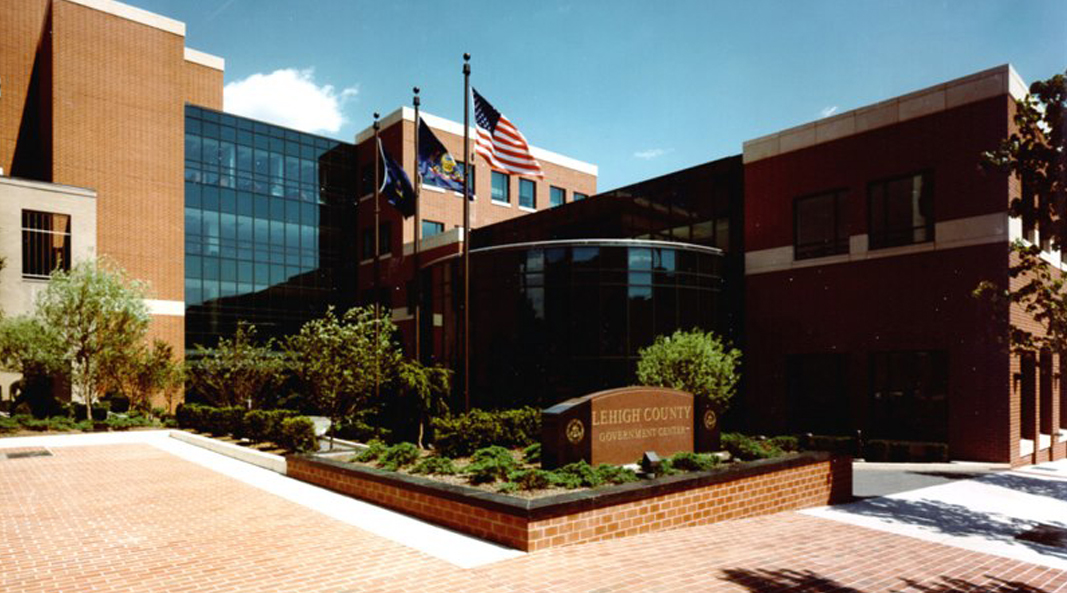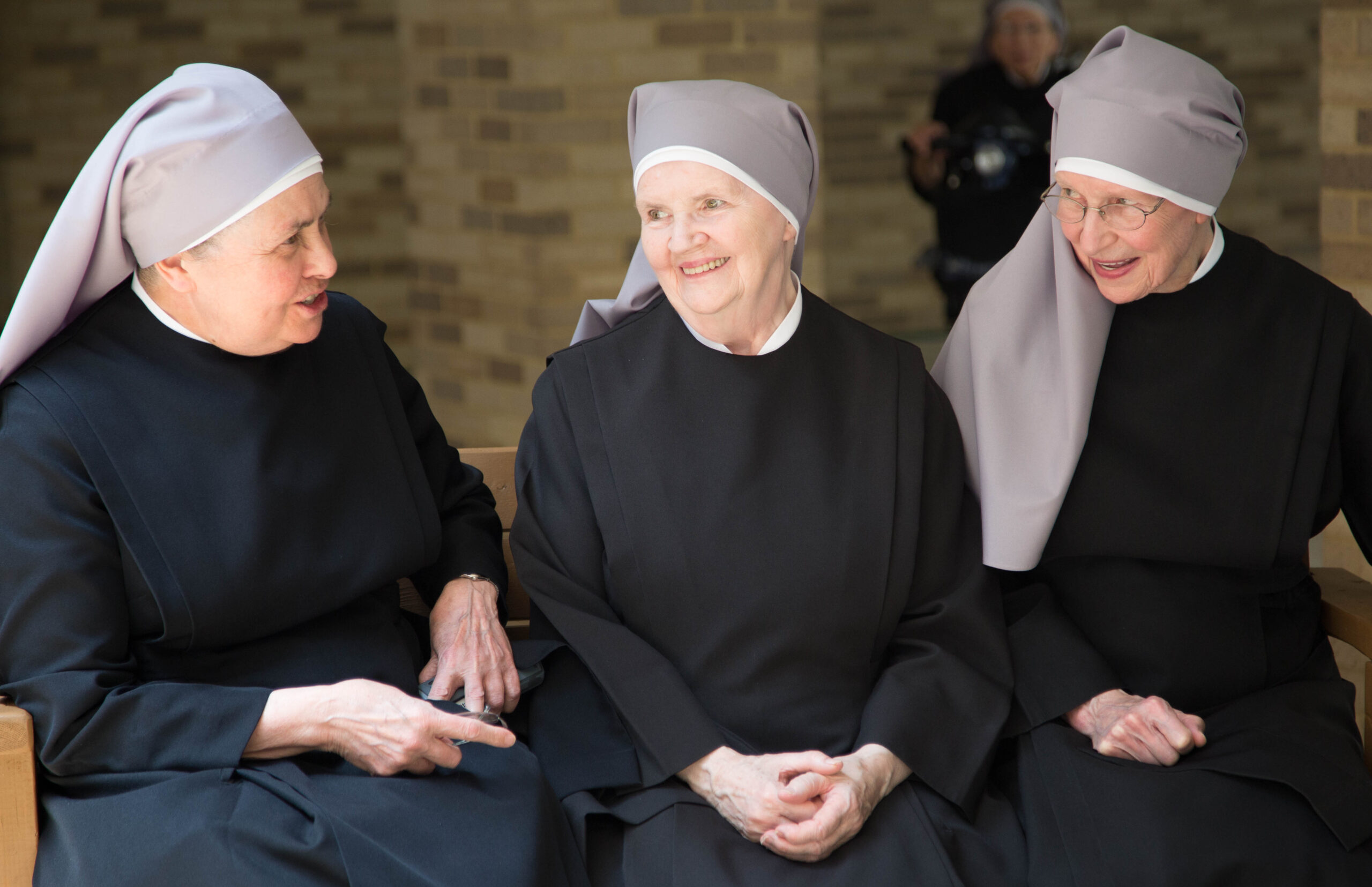Another Federal Court Win for Religious Freedom

In June, the U.S. Supreme Court handed down a major religious freedom victory. It ruled that the 94-year old Bladensburg World War I Memorial, which took the shape of a cross and sat on government land, did not have to be removed because of an alleged First Amendment violation of the Establishment Clause. More specifically, the court held that long-standing memorials and monuments on government property that contain religious imagery have a “presumption of constitutionality.” That case was officially titled The American Legion v. American Humanist Association.
Just two months later, the 3rd U.S. Circuit Court of Appeals in Philadelphia dealt with a challenge to the image of a cross on the county seal of Lehigh County, Pennsylvania in a similar manner. In denying an Establishment Clause challenge from the Freedom from Religion Foundation, the 3rd Circuit first noted that the cross has appeared on the Lehigh county seal for 75 years. Surrounded by nearly a dozen secular symbols of historical, patriotic, cultural and economic significance to the community, the court held that the seal’s inclusion of a cross was consistent with the U.S. Supreme Court’s decision in the Bladensburg Cross case.
The 3rd Circuit victory reflects well on the clarity of the Supreme Court’s June decision. One of the hallmarks of a good Supreme Court decision is that it allows lower courts to effectively apply its logic and reasoning to similar cases. That, in turn, promotes uniformity in the law, and boosts the public’s confidence that the courts around the country are on the same page. It also makes it easier for lower court judges to decide cases, as evidenced by the 3rd Circuit’s unanimous 3-judge panel decision.
First Amendment decisions have not been known for that type of clarity in the past. In fact, the Supreme Court contributed to much of the confusion throughout the federal court system over the years by its seemingly haphazard creation of various legal “tests” to evaluate different Establishment Clause cases. As existing tests proved problematic in their applicability to new cases, the Court would create another. That led to confusion and inconsistency in Supreme Court decisions from one case to the next. The confusion then manifested in lower court decisions where even more inconsistent decisions then required the Supreme Court to weigh in again to clear up the mess it had created. It’s been a vicious cycle.
The Supreme Court in the Bladensburg Cross case refused to apply the most common test, known as the Lemon test, choosing to focus instead on the historical context of long-standing religious symbols. The 3rd Circuit’s opinion hammers home this point: “American Legion confirms that Lemon does not apply to “religious references or imagery in public monuments, symbols, mottos, displays, and ceremonies.”
That’s good news for religious imagery in the public square, at least long-standing ones. But even with the new “historical context” test comes unanswered questions like: (1) How long-standing does the imagery have to be?; (2) What types of circumstances would it take to overcome the presumption of constitutionality?; and (3) What does the presence or absence of additional secular symbols in close proximity to the religious imagery in question do to the presumption of constitutionality?
Still, even with the new questions, there is now more substance and clarity in the area of religious symbols than there was before the Bladensburg Cross decision. Hopefully, that will eliminate much of the endless legal bullying from the secular left against mainstream America we’ve experienced over the years. And for that, we can be grateful.
Photo from Facebook
ABOUT THE AUTHOR

Bruce Hausknecht, J.D., is an attorney who serves as Focus on the Family’s judicial analyst. He is responsible for research and analysis of legal and judicial issues related to Christians and the institution of the family, including First Amendment freedom of religion and free speech issues, judicial activism, marriage, homosexuality and pro-life matters. He also tracks legislation and laws affecting these issues. Prior to joining Focus in 2004, Hausknecht practiced law for 17 years in construction litigation and as an associate general counsel for a large ministry in Virginia. He was also an associate pastor at a church in Colorado Springs for seven years, primarily in worship music ministry. Hausknecht has provided legal analysis and commentary for top media outlets including CNN, ABC News, NBC News, CBS Radio, The New York Times, the Chicago Tribune, The Washington Post, The Washington Times, the Associated Press, the Los Angeles Times, The Wall Street Journal, the Boston Globe and BBC radio. He’s also a regular contributor to The Daily Citizen. He earned a bachelor’s degree in history from the University of Illinois and his J.D. from Northwestern University School of Law. Hausknecht has been married since 1981 and has three adult children, as well as three adorable grandkids. In his free time, Hausknecht loves getting creative with his camera and capturing stunning photographs of his adopted state of Colorado.
Related Posts

Parents Should Be Allowed to Take Children to Church
November 18, 2025

International Rugby Star and His Wife Endured Attacks for Biblical Beliefs
September 25, 2025

Court Rules Against Little Sisters of the Poor, Again
August 19, 2025

